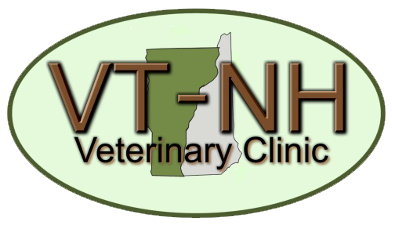What is chiropractic?
Chiropractic is an alternative method of health care that involves no drugs, instruments, or medications. People with back pain frequently find great relief after visiting a chiropractor, but it’s good for more than just that! Chiropractic care can increase your pet’s metabolism, improve their comfort level, and maximize their performance. The misalignment of joints (called subluxations) causes a decrease or alteration in nerve function that can cause pain, lameness, fatigue, illness, allergies, and a weakened immune system. The art, science, and philosophy of chiropractic involves using only the hands to correct these misalignments, and restore the nervous system to proper function. It does NOT replace traditional medicine, but can complement it very nicely.
Q: Who will chiropractic care help?
A: Any animal with a spine!
Q: What are the limitations of chiropractic care?
A: Chronic conditions, such as arthritis, won’t be cured by chiropractic care, but it WILL help your animal to deal with compensations that arise from chronic issues. Fractures or unstable bones (like IVDD cases) do not benefit from chiropractic care on the affected areas, but can be adjusted if the affected area is avoided and x-rays have been taken.
Q: How frequently should my pet be seen by the chiropractor?
A: Acute cases can be adjusted as frequently as every 72 hours. Chronic cases can be adjusted weekly to monthly depending upon their response to adjustment. Maintenance care for disease prevention and performance maximization can be done on a routine basis – monthly, before events, or biannually depending upon your pet’s needs. Older animals and more serious problems may take more time. As the spine regains the ability to maintain corrections, the intervals will become longer.
Q: How can I tell if my dog needs an adjustment?
A: There are some simple tests you can do at home, but nothing replaces having them examined by a veterinary chiropractor. Neck stretches are quick and easy to do – you offer a treat, and the dog should be able to look up, touch its chest, and the point of each shoulder without twisting the head, backing up, sitting, or refusing. Indications also include limping, a decrease in performance, generalized ill health.
Q: How can I tell if my horse needs an adjustment?
A: Neck stretches just like we do in dogs are very easy to do in horses, and you watch for the same signs. Any signs of lameness, changes in ability (suddenly running out at jumps, spooking, etc), or injuries warrant a chiropractic exam and potentially an adjustment.
Dr Lea Warner went to ACES chiropractic school in Meridian TX, which required more than 240 hours of online and hands-on learning! In September 2018, Dr Warner became certified in animal chiropractic by the Animal Chiropractic Certification Commission (ACCC) of the American Veterinary Chiropractic Association (AVCA). The ACCC promotes the highest standards of competence and safety in animal chiorpractic care. Certification is distinct from licensure, voluntary, and represents a significant professional achievement.
http://www.avcadoctors.com/
http://www.animalchiropractic.org/
